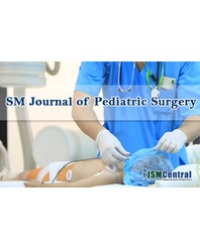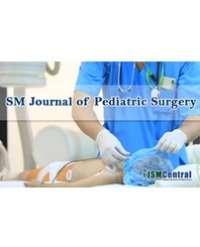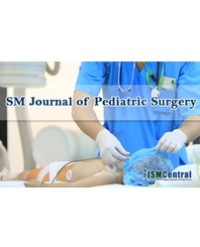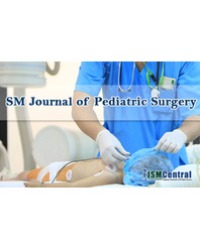
Hybrid Procedures: Surgeon and Cardiologist Sharing Suite
Background: Surgeon and cardiologist on their own cannot cope with patients needs, occasionally. Hypoplastic left heart syndrome witnessed the collaboration between them for a palliative, hybrid procedure. As a strategy, hybrid approach has been applied in several, unforeseeable settings. Our initial experience is presented, pointing at indications, shortcomings and mid-term results.
Methods: Fifty-one patients were scheduled for a hybrid procedure along five years. This was defined as close collaboration between surgeon and cardiologist working together in the same room, either cath-lab (26 patients) or theatre (25 patients)
Results: Five groups were arbitrarily defined. A: vascular cut-down in the cath-lab (17 neonates); B: bilateral banding (plus ductal stent) in hypoplastic left heart syndrome or alike (10 children); C: perventricular closure of muscular ventricular septal defect (9 cases); D: Balloon/stenting of pulmonary branches along with major surgical procedure (9 kids); E: surgical implantation of Melody valve (5 patients) and others (1 case). Two complications were recorded: left ventricular free wall puncture and previous conduit tearing. Both drawbacks were successfully sort out under cardiopulmonary by-pass.
Conclusion: Surgeon and cardiologist partnership can succeed where their isolated endeavors are not enough. Hybrid procedures keep on spreading, overcoming initial expectations. As a bridge to biventricular repair or transplant, bilateral banding plus ductal stent sounds interesting. Novel indications can be classified into different groups. Hybrid procedures are not complication-free.
Juan-Miguel Gil-Jaurena¹²*, José-Luis Zunzunegui²³, Ramón Pérez-Caballero¹², Ana Pita¹², María-Teresa González-López¹², Fernando Ballesteros²³, Alejandro Rodríguez²³, and Constancio Medrano²³




